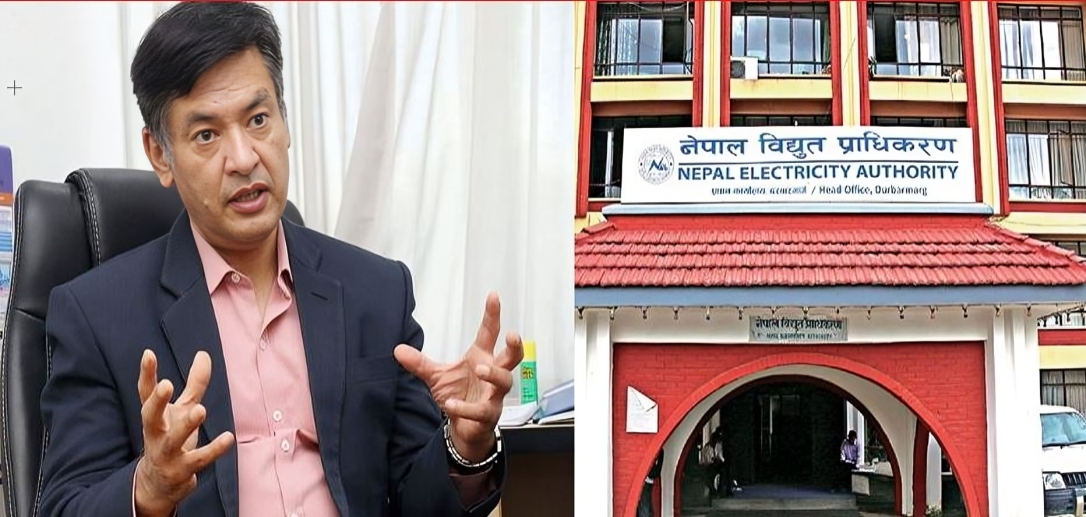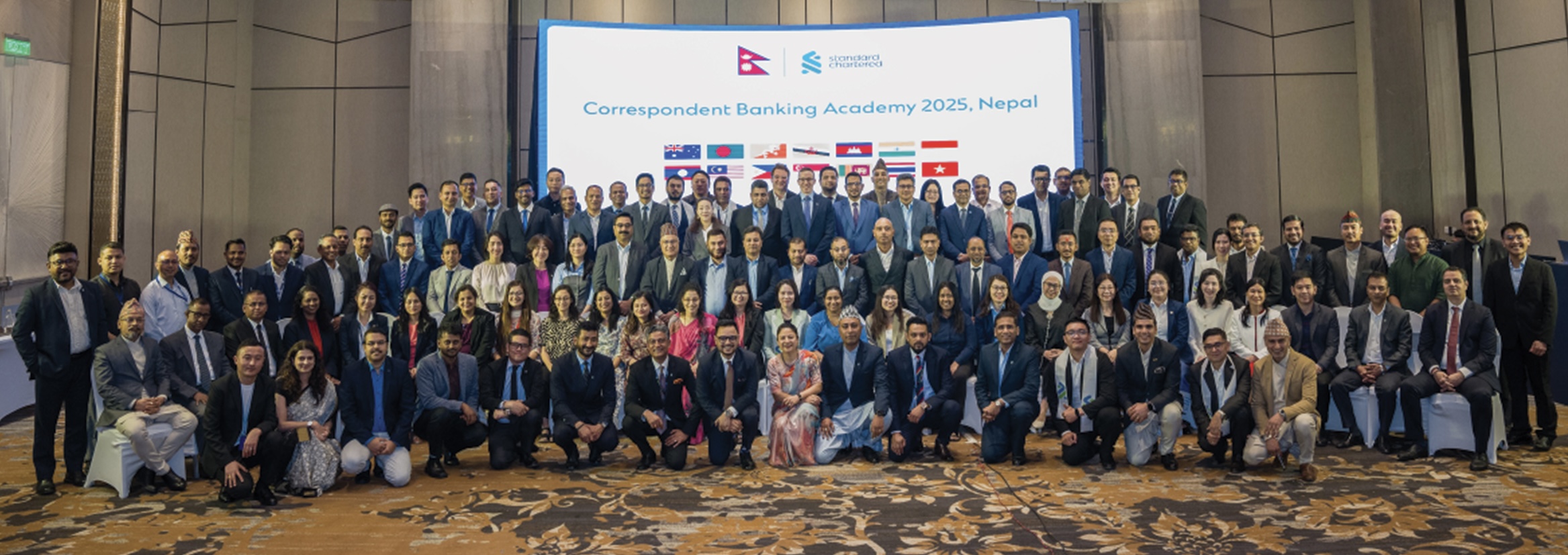Power outages spark fears of load-shedding return
This has triggered public concern over the potential return of load-shedding—a problem Nepal had largely overcome in recent years.

KATHMANDU: The country is experiencing growing disruptions in electricity supply due to the prolonged dry weather and a sharp reduction in power imports from India during nighttime hours.
The situation has particularly affected industrial areas during the evening ‘peak hours’, while frequent power outages have been reported in the Kathmandu Valley and several other regions.
This has triggered public concern over the potential return of load-shedding—a problem Nepal had largely overcome in recent years.
The anxiety is rooted in the perceived decline in management efficiency following the appointment of a new Executive Director at the Nepal Electricity Authority (NEA), especially in comparison to the proactive leadership displayed during former chief Kulman Ghising’s tenure.
According to NEA Spokesperson Rajabhai Shilpakar, three key factors are currently contributing to the power supply crisis:
Natural Impact: Since the Nepali month of Chaitra, windstorms, rains, and thunderstorms have caused repeated faults in the power lines.
Technical Operations: Ongoing technical works such as underground cabling trials, tree branch trimming, and routine maintenance have affected supply.
Reduced Imports from India: Over the past four to five days, India has significantly curtailed electricity exports to Nepal during nighttime hours.
Shilpakar clarified, “This is not a case of deliberate load-cutting for general consumers. It’s a technical issue, and we are issuing public notices and keeping people informed.”
Adding to the challenges, recent fires at the Dhalkebar and Thankot substations have further worsened the situation, raising serious questions about NEA’s preparedness and managerial capability.
Although Nepal has been permitted to import up to 350 megawatts through the 132 kV transmission line from India between 6 PM to 6 AM, only 50 megawatts are currently being supplied.
With river flows reduced due to the dry season, internal power generation—including hydro and solar sources—has been limited to an average of 1,175 megawatts.
However, demand has surged to 2,077 megawatts during peak hours, creating a wide supply-demand gap that is straining the regular distribution system.
There is some relief expected as melting snow has increased production at the Upper Tamakoshi Hydropower Project. “This is a temporary situation, and we expect to return to normalcy soon,” Shilpakar assured.
Meanwhile, both the public and industrial sectors are demanding a more efficient and reliable electricity supply system, urging the NEA to strengthen its management and operational readiness to prevent further instability.









